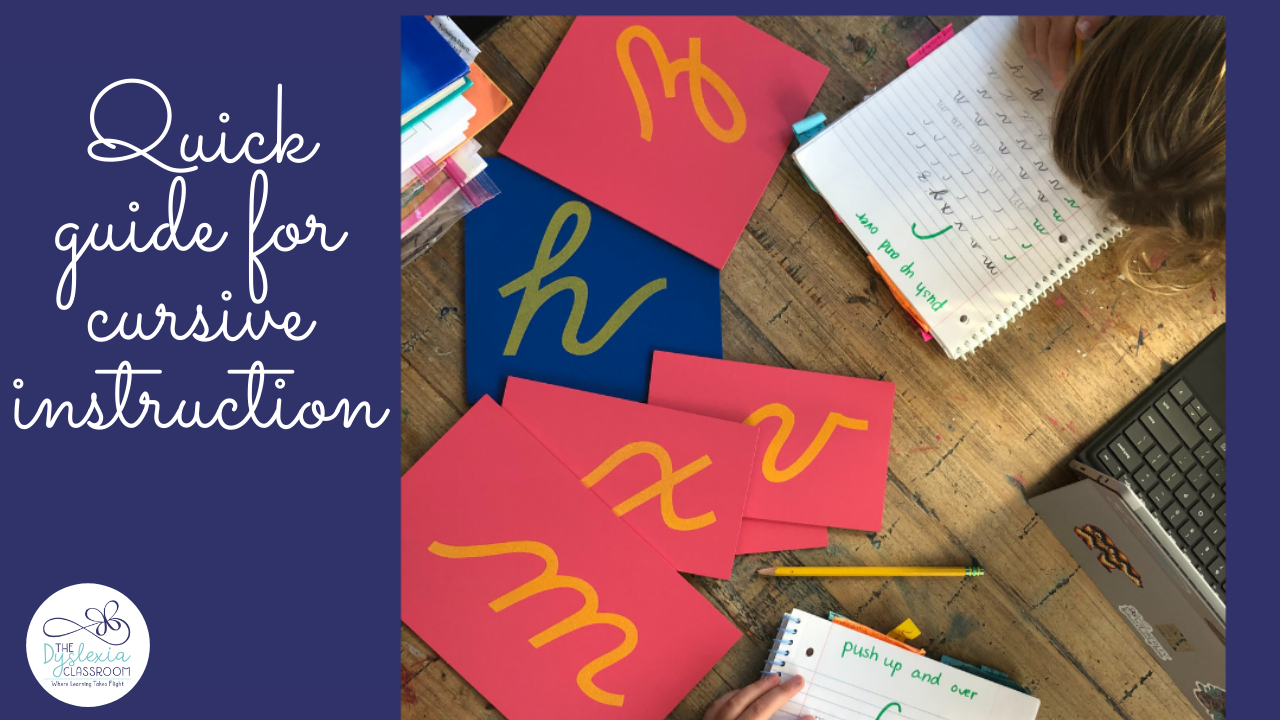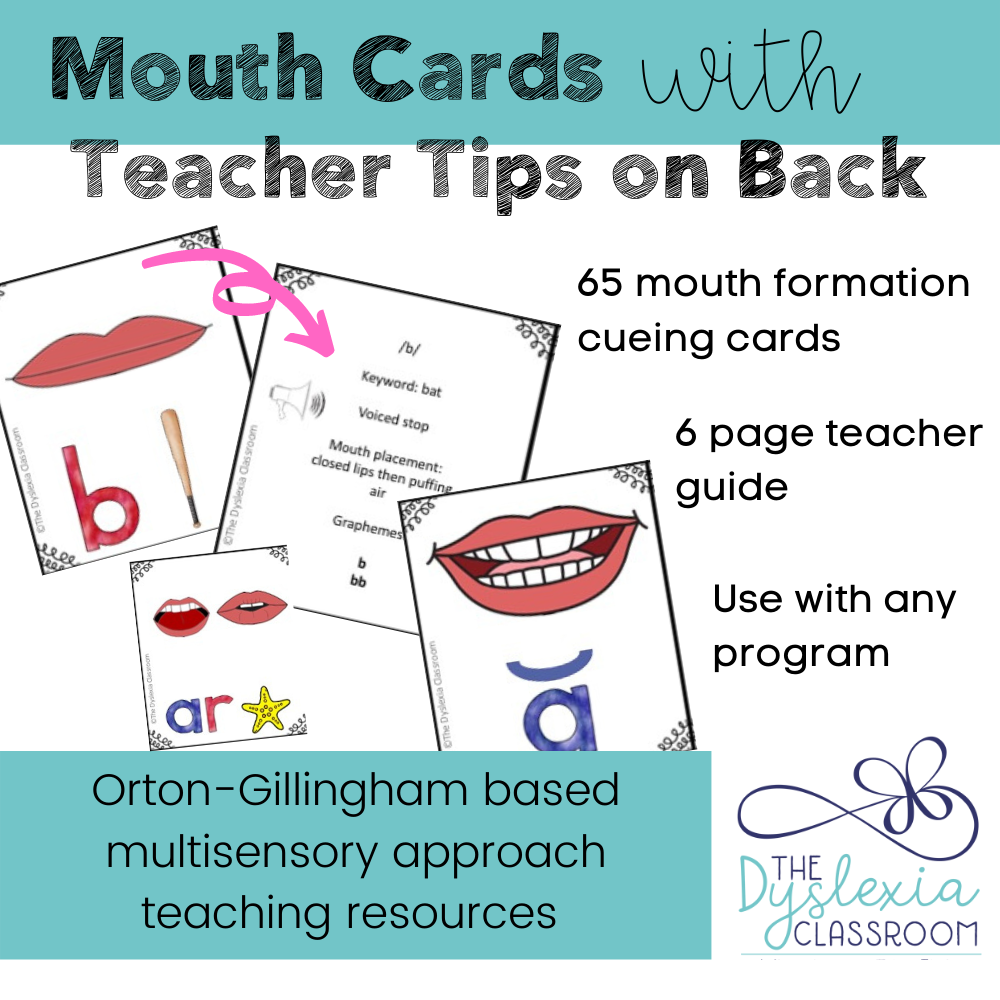What in the world are affricates?
Hi friends. This week, I am continuing our review of the consonant sound groupings. If you are working on implementing a sound wall, want to review your sound production, or even just want to look at teaching phonics in a different way, then this week's post is for you.
Sound production and mouth formations are key to helping our students link the phonemes, sounds that they hear, to the graphemes, which are letter representations of those spoken sounds. It also helps students and teachers with cues for error corrections. Explicitly teaching this to our students can help them deepen their knowledge and understanding of our language system. If you haven't heard of the term affricates, you're not alone. Many programs or trainings may not introduce this term, however, my guess is that you're already teaching them. Consonants are usually grouped or taught according to their articulation features or how the sound is made. These articulatory gestures are grouped by stops, fricatives, nasals,...
Let's Talk About Nasals
Hi friends! This week, I'm going to continue our review of the consonant sound groupings. If you're working on implementing a sound wall, or you want to shift how you approach teaching phonics, then this week's post is for you. 😊
Research shows that our brain makes memory traces of sounds by paying attention to mouth formations. When we begin with the sound, we're laying the foundation for knowledge of graphemes, or letters. This anchors our phoneme-grapheme correspondences. In my work with students, I focus on this speech-to-print approach where I explicitly teach phonemes, or those individual speech sounds, to students. I begin by introducing the sound and connection to the mouth formation.
What about those nasal 👃 sounds?
If you haven't heard of nasals, you are not alone. Many programs or trainings may not introduce this concept, but I think you should and here's why. Consonants are usually grouped or taught according to their articulation features, or how the sound is made. Thes...
What in the World is a Fricative?
Hi, friends! Today, we're continuing our review of the consonant sound groupings. If you are working on implementing a sound wall or you want to shift how you approach teaching phonics, then this is for you.
In my work with students, we focus on the speech to print approach when we explicitly teach phonemes, or those individual speech sounds, to students. We begin by introducing the sound and connection to the mouth formation. Research shows that our brain makes memory traces of sounds by paying attention to our mouth formations. When we begin with this sound, we're actually laying the foundation for knowledge of graphemes. This anchors our phoneme-grapheme correspondences.
Consonants are usually grouped, or taught, according to their articulation features or how the sound is made. We can group some consonant sounds into voiced and unvoiced pairings. These pairings are grouped based on mouth formation, where the mouth placement is, where it's the same, and the only difference is if t...
Top Strategies to Teach Stop Sounds
Hi, friends! I've recently had quite a lot of requests to chat about the topic of teaching stop sounds. This week, I've created a video detailing effective ways to teach this. I've also included links and information about the resources that I reference in the video. You will find them below. 👇 Click on each image to see more of the product.
When we explicitly teach phonemes' articulatory features, we are helping to create links between the individual speech sounds and the letter representations. These mouth cards are designed to guide and support mouth placement and sound production directly.
The cards tell you where the sound comes from within our mouth (front, middle, or back of the mouth), the manner of articulation (what are the teeth, lips, and tongue doing), and the use of voice or unvoiced sound production to strengthen phonological awareness, reading, and spelling. These mouth formation cues are essential for anchoring sounds to letter representations, especially for ...
Top Tips for Clearing Up Sound Confusions
Is it Short e or Short i?
Hi, friends. Sound discrimination can be tricky for some students, especially the short e and short i sounds. Many children will confuse these two vowel sounds in phonology work, reading, spelling, and sometimes running speech. Some students may also struggle with phonological processing, have speech sound errors, sound substitutions, omit sounds, add sounds, or distort sounds. If this is the case for your students, keep reading. This week, I'm chatting about how explicitly teaching articulatory gestures or mouth placement is key.
Why Teaching Mouth Placement is Important
Individual phoneme production is an integral part of reading and spelling instruction. Students need to be able to isolate phonemes to segment. The skill of segmenting is the ability to take apart individual phonemes, sounds, within words. Think of these as the parking spots for the letters that represent these sounds.
When we help students identify the placement of their mouth for indi...
The Connection Between Decoding and Encoding - Part 2

Hi, friends! Last week, I discussed the importance of connecting speech to print and how that relates to spelling instruction. Did you miss last week's post? Click here to read that first. In summary, we can think of reading and spelling as reciprocal skills. Reading, or decoding, is applying the sound-symbol relationships and successfully blending them to read a word. Spelling is the other side of the coin. It is the ability to segment words by individual sounds and use the correct sound-symbol correspondences in written form.
This speech to print approach helps us connect the phonemes, sounds, to the grapheme, letter/s; the representation for each individual sound. While this may be a practice that many of us are familiar with in the early grades with single-syllable words, how does this apply to multisyllabic words? Let's explore this.
How Does the Speech-to-Print Approach Assist in Spelling Multisyllabic Words?
Students need explicit instruction in strategies that help them sp...
How are Reading and Spelling Connected?

Hi, friends! In this week's blog post, I'm chatting about the connection, and its importance, between reading and spelling. In many classrooms across the nation, reading and spelling are taught in isolation. This provides little connection between the two, when in reality, reading and spelling are reciprocal skills.
Let's break this down a little bit. We can think of reading and spelling as being different sides of the same coin. Reading, or decoding, is applying the sound-symbol relationships and successfully blending them to read a word. Spelling, or encoding, is the ability to segment words by individual sounds and use the correct sound-symbol correspondences in written form.
So, continuing with the coin analogy, let's look at each side of it as being reading on one side and spelling on the other.
Reading: Breaking Down the Decoding Process
👀 We see a word in its written form.
👄 We segment each phoneme (sound) within the word.
🗣 We then blend those sounds 👂 together to form ...
Quick Guide for Cursive Instruction

Hi, friends. Recently, we chatted about the importance of understanding the four parts of a letter, including letter formation in print. This week, we will dive into cursive, which is always a favorite with students!
Summer is a great time for handwriting practice. Explicitly teaching letter formation is a crucial part for automaticity in writing. Handwriting instruction should lead in the early grades and provide ample opportunities to practice explicitly taught letters. Further in this post, I explore some ways you can do this in your practice.
Why is handwriting so important?
We know that the knowledge of letter names and fluency of letter naming in kindergarten are among the best predictors of later reading success (Catts et al., 2015). Handwriting helps students store letters as linguistic symbols. 📝 When students have the precise motor sequence for forming each letter, it is automated and recalled without conscious effort. This automaticity leaves mental energy for the writt...
Do You Know the 4 Properties of a Letter?

Hi, friends. Just this week, one of my middle schoolers was impressed with my handwriting and exclaimed. "Your handwriting is so pretty! How do you do that?"
Have your students ever asked you, "How can you write so quickly?" or "How can you write without looking at the letters?" These are questions that have been repeatedly asked by my students over the years, especially my older students who struggle with letter formation and handwriting fluency.
When I think about how I learned to write letters, my mind goes back to my kindergarten teacher, Mrs. Katz. We had half-day kindergarten that consisted of lots of direct teaching followed by hands-on application and practice that felt a lot like play.
One of the activities she did with us to help with letter formation was to teach the letter strokes using verbal cues, skywriting, and, my favorite, circle writing. She used to have us form a circle where we would face our peer's back. She would then give us a sound. We would say the sound,...
What is an Auditory Drill, and How Do I Use It?
Hi, friends! This week, I'm going to share with you the most effective practice that I have used to help students solidify their sound-to-print knowledge. I have used this in every class that I have taught from PK-12th grade. It helps students map sounds to reliable letter correspondence.





